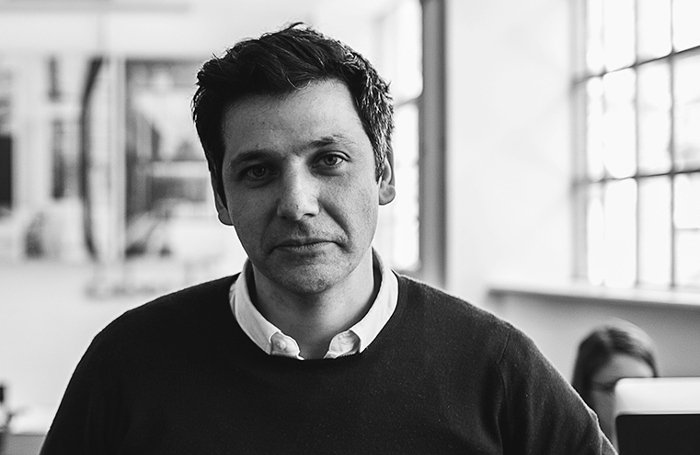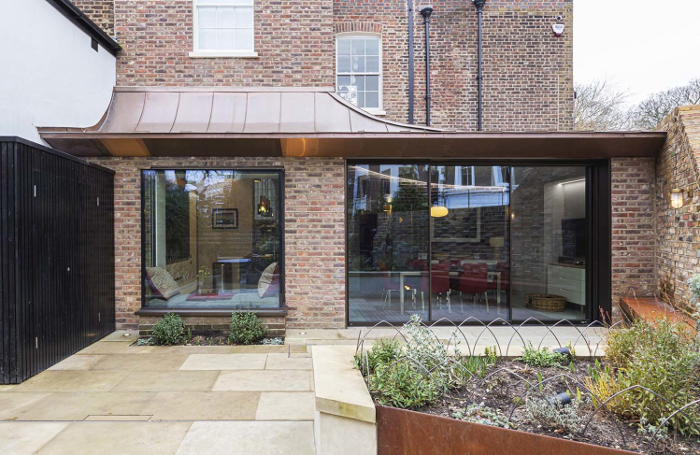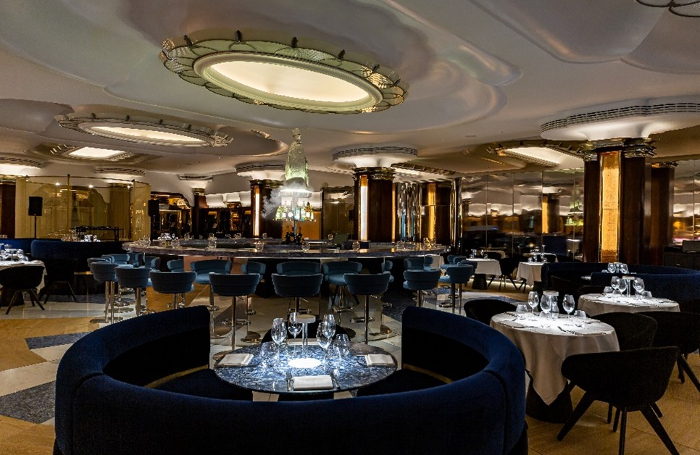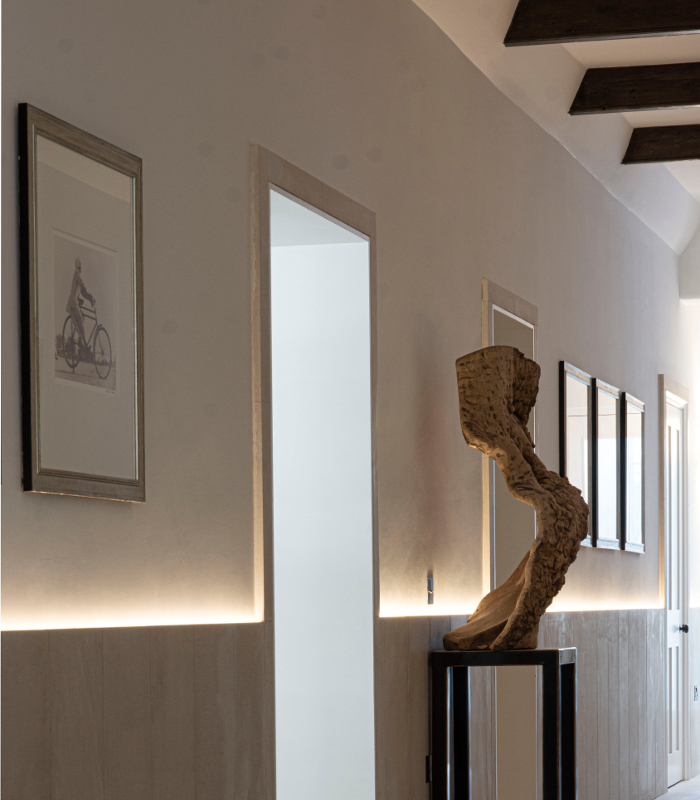penman | architects call upon memory, history, place and setting with future adaptation in mind to offer provocative solutions to the user’s requirement.
The practice is wholly aware of our collective responsibilities to adapt, repair, preserve existing spaces and places, coupled with material selection that provides the palimpsest for future generations.
The practice covers all sectors of the built environment, focusing on high quality contemporary design, specialising in bespoke projects for professional and individual clients.

Where do you look for inspiration?
We look to periods in architecture that have relevance to the immediate context, coupled with contemporary methods of construction. Form, rhythm, and patterns are touchstones for creating the envelope, but ideas can develop from memory in the physical sense as well the metaphor.

Your practice started during the pandemic – do you think this helped or hindered your progress?
The pandemic has provided opportunity to have a new dialogue with clients. In the past we have always questioned why clients want to make changes and what the benefits are. Today, this is more acute, with light being shone on longevity and reversibility.
Supply chain issues made us look towards renewable materials and how we can break the cycle of the large suppliers dominating the market. The consequence has allowed us to develop direct links with suppliers. Opportunity has given rise to enable us to think about growing our materials locally and harvest the existing.
This cradle-to-cradle approach is exciting for us as well as the client.

What was your learning journey like and was it conventional?
Architecture was never at the forefront of my mind as a young adult; however, it became something that enabled me to combine enthusiasm for working on building sites with artistic endeavours through ceramics.
Like most people, circumstances lead to choices and opportunities. I was fortunate to have the chance to go to university and study architecture with limited experience but for my knowledge of building. I continue to find joy working with people who can transform ideas on paper to physical manifestations.

What are your thoughts about conservation architecture?
The idea of conservation architecture is not limited to listed buildings and scheduled monuments, it goes deeper into what I believe is necessary to inform oneself and the client. Conservation of materials, traditions, memory are all equally important to my interests.
How do you think we can make architecture a more sustainable industry?
Architecture is at its best when its accessible, not just in new buildings but also in existent forms.
Sustainability develops through use, if we use our built environment to its fullest potential, it becomes sustainable.
Sustainable access comes through transparency, dialogue, and regulation.
Sustainable construction comes through regulation.
Sustainable regulations come through transparency.
Sustainable transparency comes through dialogue.
We have to be open to sharing beyond the boundaries of the demise line.
To find out more about penman | architects please follow them on Instagram or LinkedIn.









